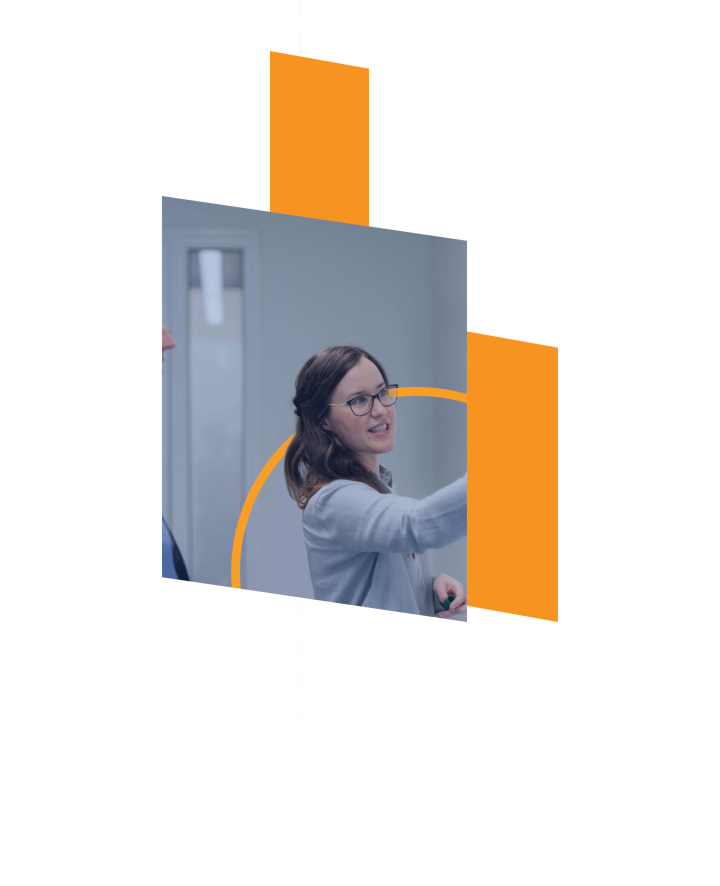Historical Background
The British monarchy has been around for over a thousand years, and in that time, there's been a fair few royals with an eye for design. Their influence has stretched from the grand castles of the past to the high-tech wonders we marvel at today.
Specific Examples of Engineering Innovations Inspired by Royal Designs
Architecture
Castles and palaces have been a symbol of the monarchy for centuries. The engineering techniques used in their construction have left a lasting impact. For instance, the Gothic architecture of the Tower of London, with its arches and ribbed vaults, has inspired modern architectural designs like the arches used in bridges and tunnels.
Fashion and Textile Engineering
Royal fashion has been a significant influence on textile engineering. The Queen’s love for tartan, for instance, has led to advancements in textile printing technology to recreate complex patterns. Moreover, the velvets and brocades favoured by monarchs of yore have sparked innovations in fabric weaving and dyeing techniques.
Transportation and Automotive Engineering
Ever admired the intricacy of royal carriages? Their designs have inspired various elements in modern automotive engineering. The suspension system used in Queen Victoria's carriage was a precursor to modern suspension systems, enhancing comfort during travel.
Aerospace Engineering
Even the realms above aren't untouched by royal influence! The Union Jack and other royal symbols have found their way onto spacecraft designs. Moreover, astronomical tools, like the royal astrolabe, have contributed to our understanding of navigation, thereby influencing aerospace engineering.
The Impact of Royal Designs on Sustainability and Green Engineering
Interestingly, the royals have also inadvertently championed green engineering. For instance, the moat system, initially a defensive measure around castles, has inspired modern rainwater harvesting systems. Even the design of Windsor Castle's round tower has influenced the design of energy-efficient, round buildings, reducing heat loss and improving airflow.
The Future of Engineering Innovations Inspired by Royal Designs
There's still a treasure trove of royal designs waiting to inspire future innovations. Who knows? The next big thing in engineering might just be inspired by a royal sceptre or crown. As we move towards a more sustainable future, the principles of royal designs could play a crucial role in shaping innovative, eco-friendly engineering solutions.
Case Studies
One notable project where royal design met engineering was the refurbishment of the Cutty Sark. This legendary British clipper ship was given a new lease of life through innovative engineering solutions, all while maintaining her royal design roots.
Conclusion
From the regal halls of ancient castles to the intricate designs on royal attire, the influence of royal designs on modern engineering is profound and wide-ranging. And as we've seen, it's not just about replicating the past, but about drawing inspiration to create innovative, sustainable solutions for the future. So, next time you admire a royal design, think about how it might just be shaping the world of engineering!
References
Information sourced from the British Royal Family archives, EngineeringUK, and the Royal Society of Engineers.
